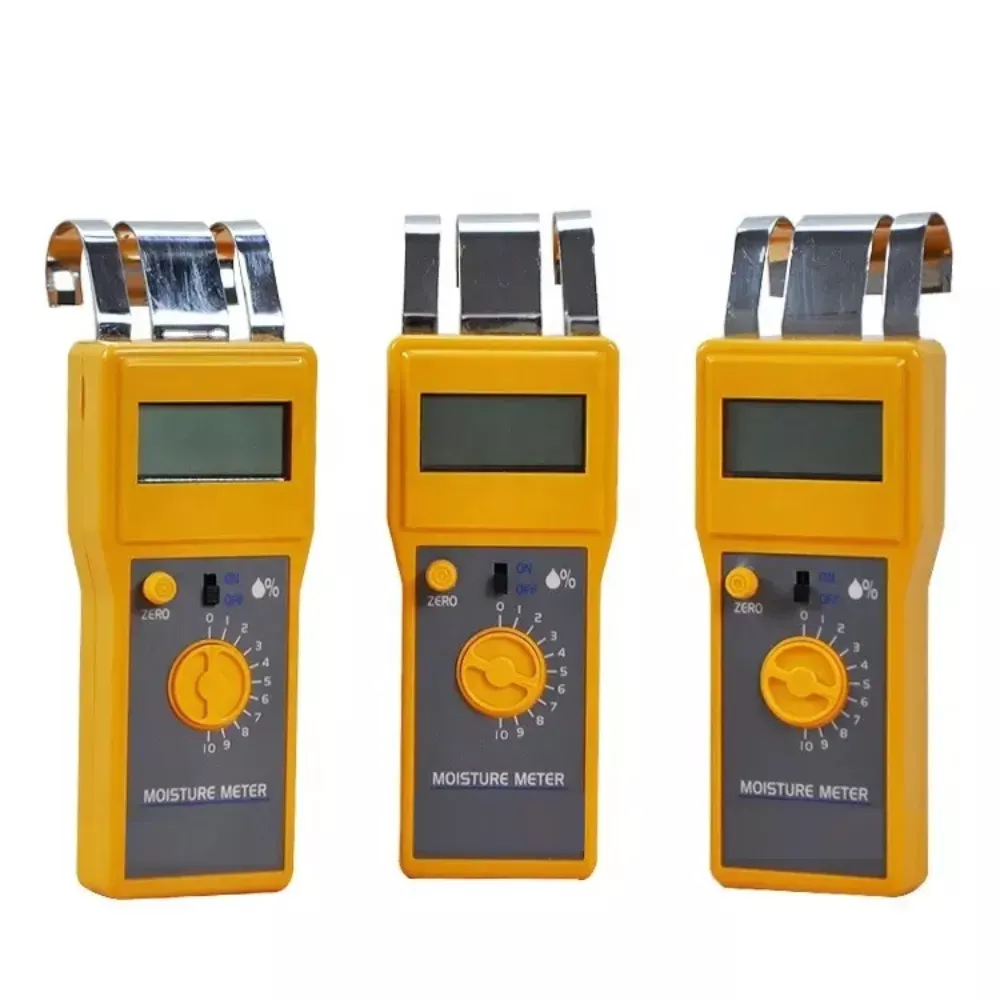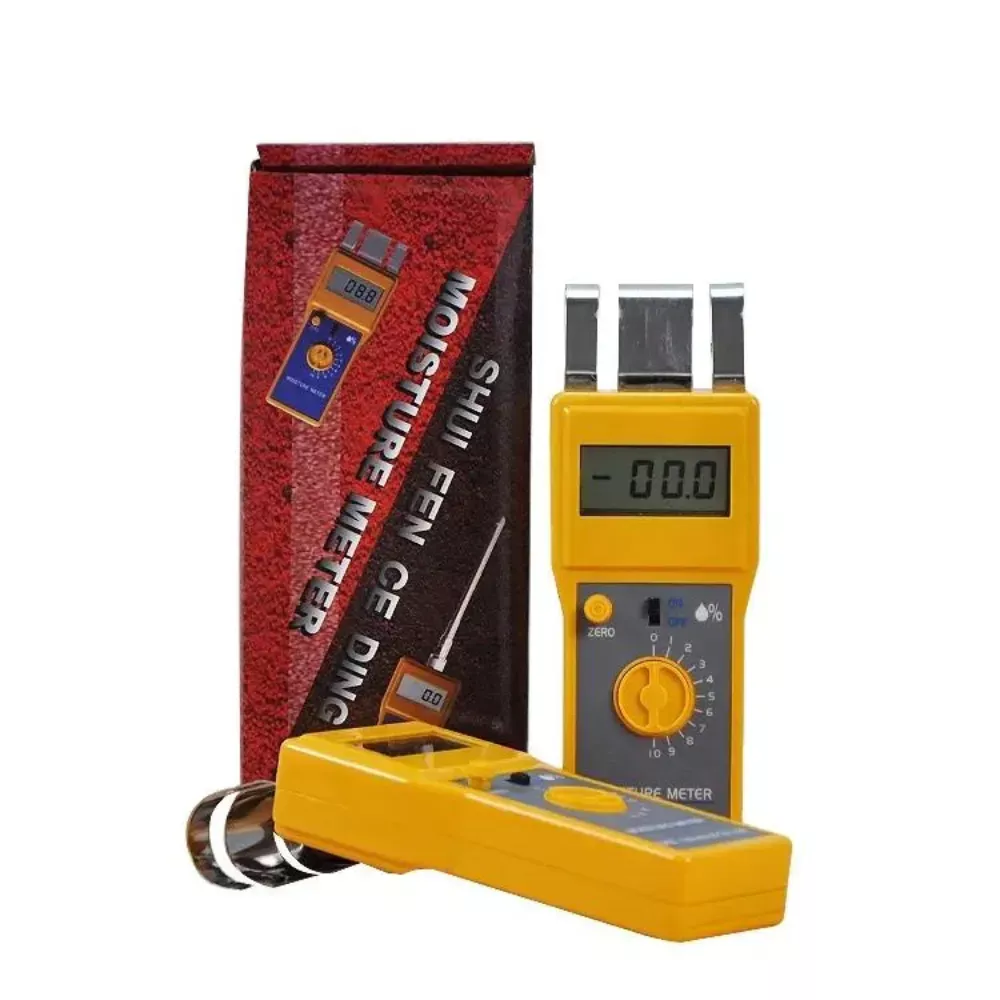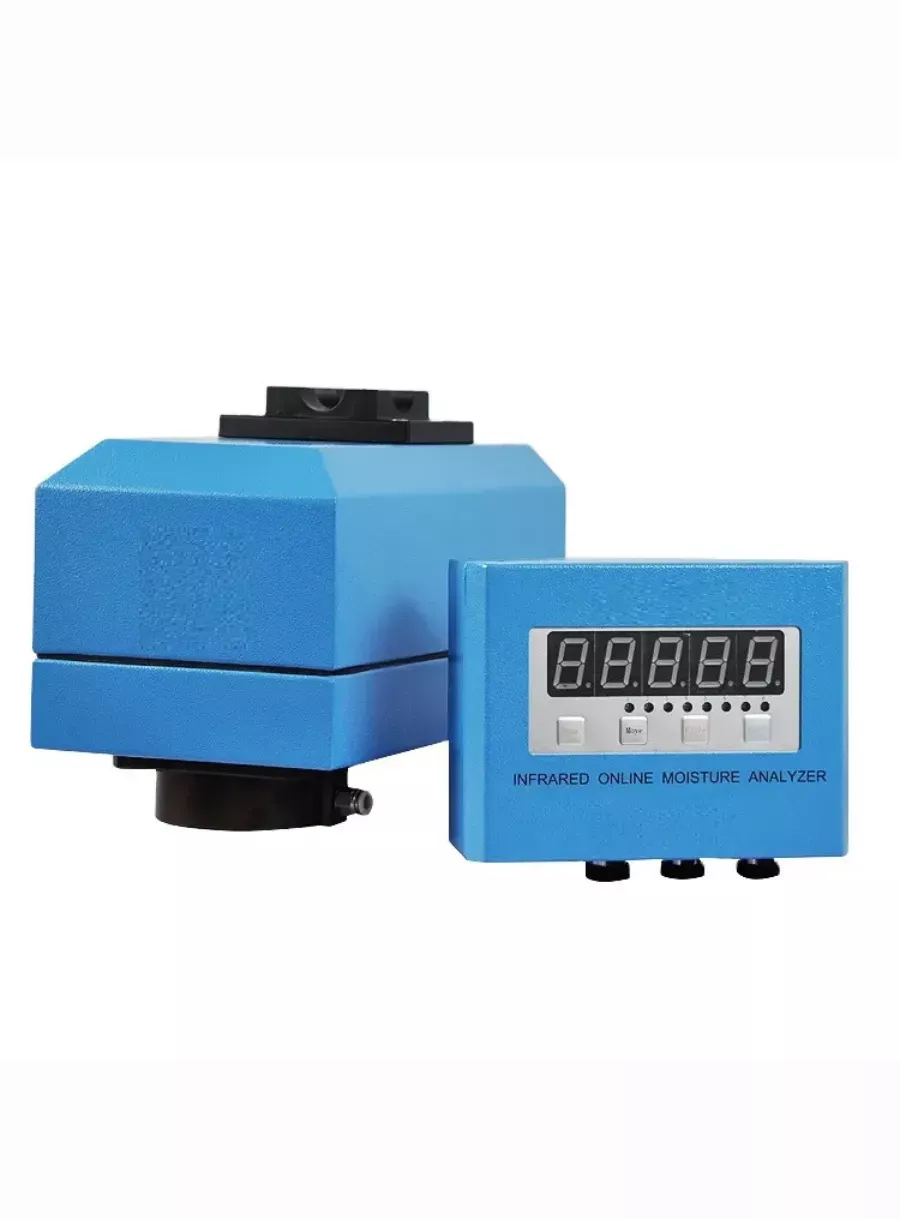
Advantages and Limitations of Dried Fruit Moisture Meters
Table of Contents
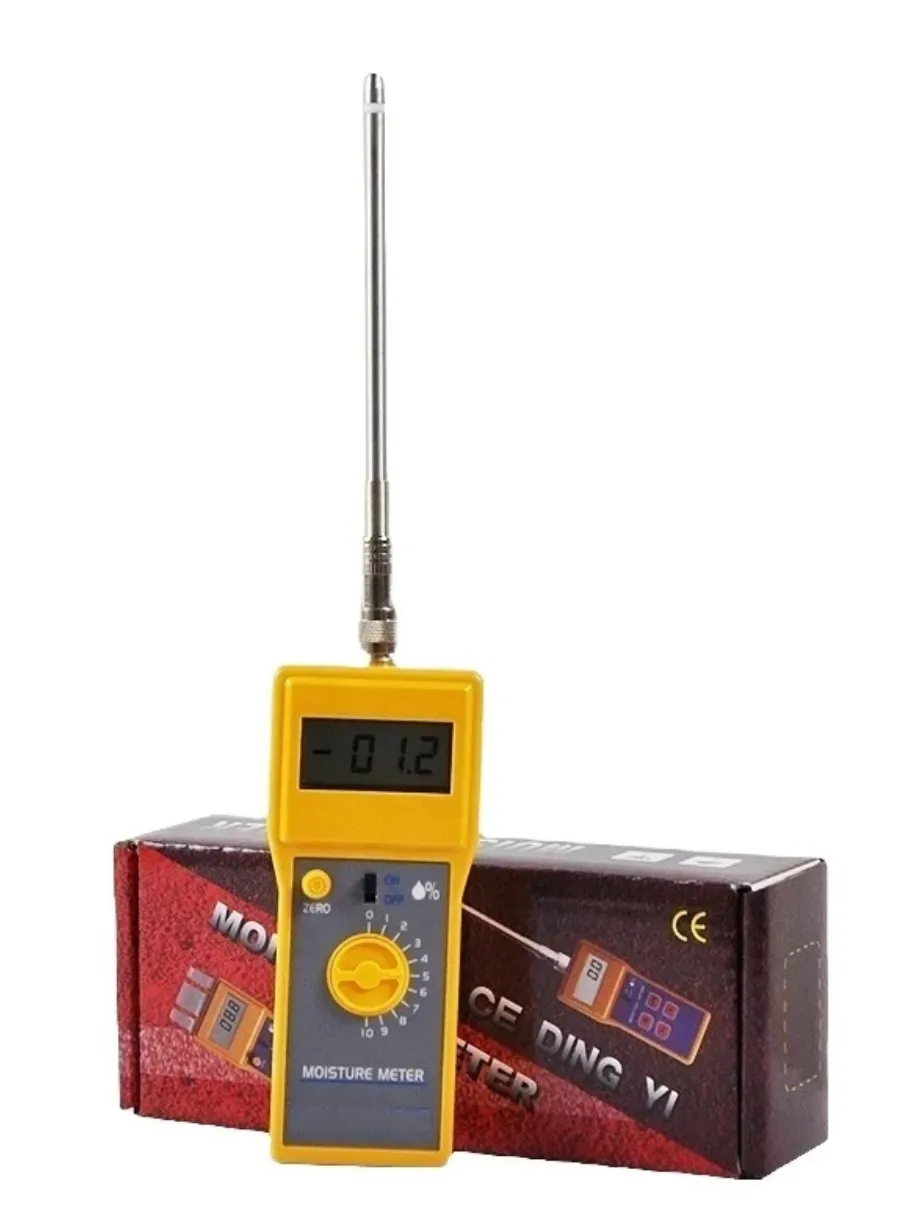
Dried Fruit Moisture Meters offer significant advantages in various applications, particularly in the food industry. One of the most notable benefits is their non-destructive nature; these devices do not leave holes or marks on the material being tested, making them ideal for situations where surface damage is unacceptable. This characteristic ensures that the integrity of the product is maintained while still allowing for accurate moisture content measurement. Additionally, these meters are essential for ensuring compliance with industry standards and regulations, as precise moisture measurements are crucial for product quality and shelf life. Furthermore, Dried Fruit Moisture Meters can prevent financial losses by helping producers avoid the purchase of overly moist materials that may incur higher drying costs or lead to product spoilage. They also save time by enabling quick and efficient moisture content checks, which is vital in maintaining workflow and productivity in manufacturing settings.
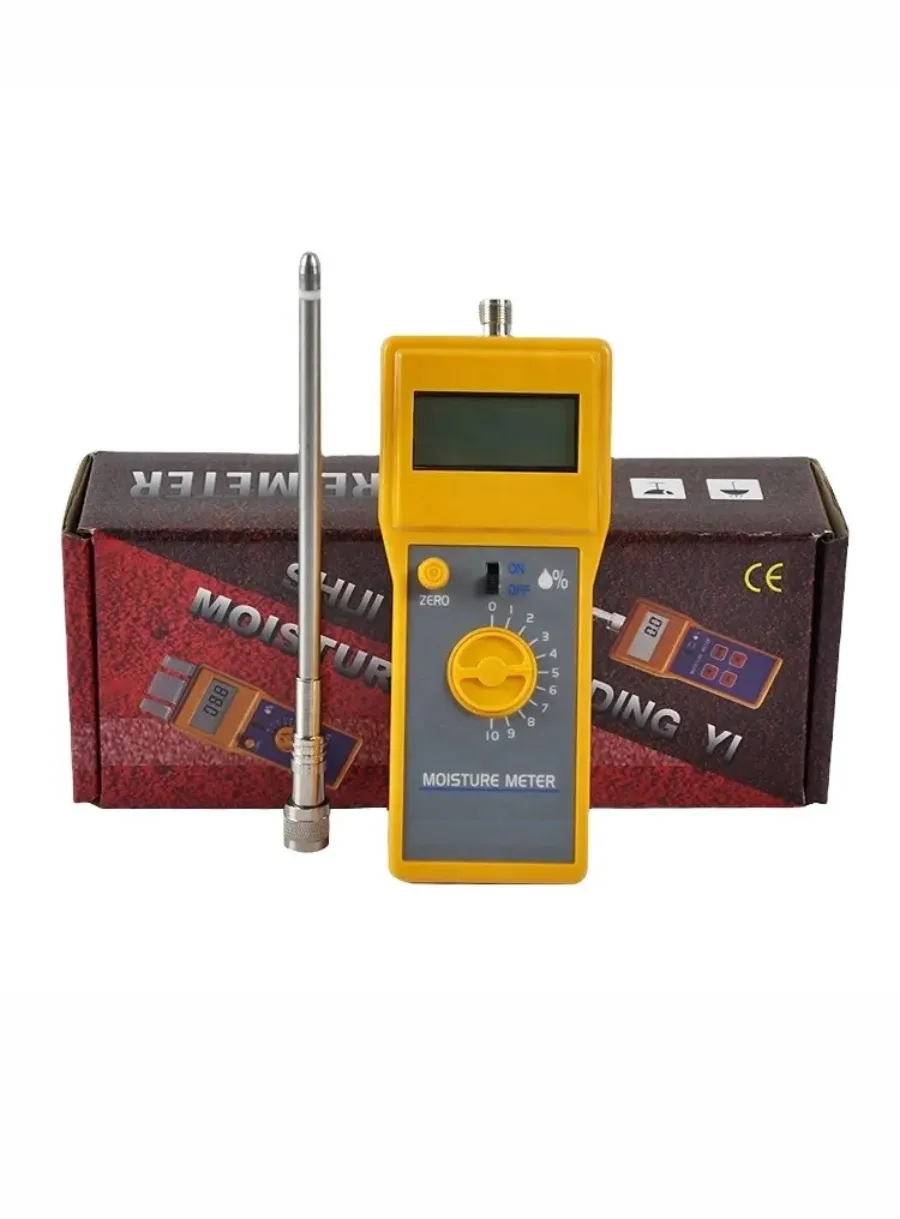
Despite their advantages, Dried Fruit Moisture Meters come with certain limitations. One of the main drawbacks is their cost; they tend to be more expensive than simpler models that use pins for measurement. This higher price point may deter smaller producers or operations with limited budgets from investing in such technology. Moreover, the complexity of these devices requires skilled operators who fully understand how to use them effectively. Improper use can result in inaccurate readings, undermining the reliability of the measurements taken. This complexity also means that operators must undergo training, which can add to operational costs and time. Lastly, the need for regular calibration and maintenance can pose additional challenges, as failing to adhere to these standards can negatively impact product quality and reliability, leading to potential compliance issues.
Comments
Tags
Frequently Asked Question
The main advantage is their non-destructive nature, allowing for accurate moisture content measurement without damaging the product’s surface or integrity.
They help producers avoid purchasing overly moist materials that may require higher drying costs or lead to product spoilage, thus preventing potential financial losses.
A significant limitation is their cost, as they tend to be more expensive than simpler models, which may deter smaller producers or operations with limited budgets from investing in them.
Proper training is crucial because these devices are complex and require skilled operators. Improper use can result in inaccurate readings, undermining the reliability of the measurements taken.

